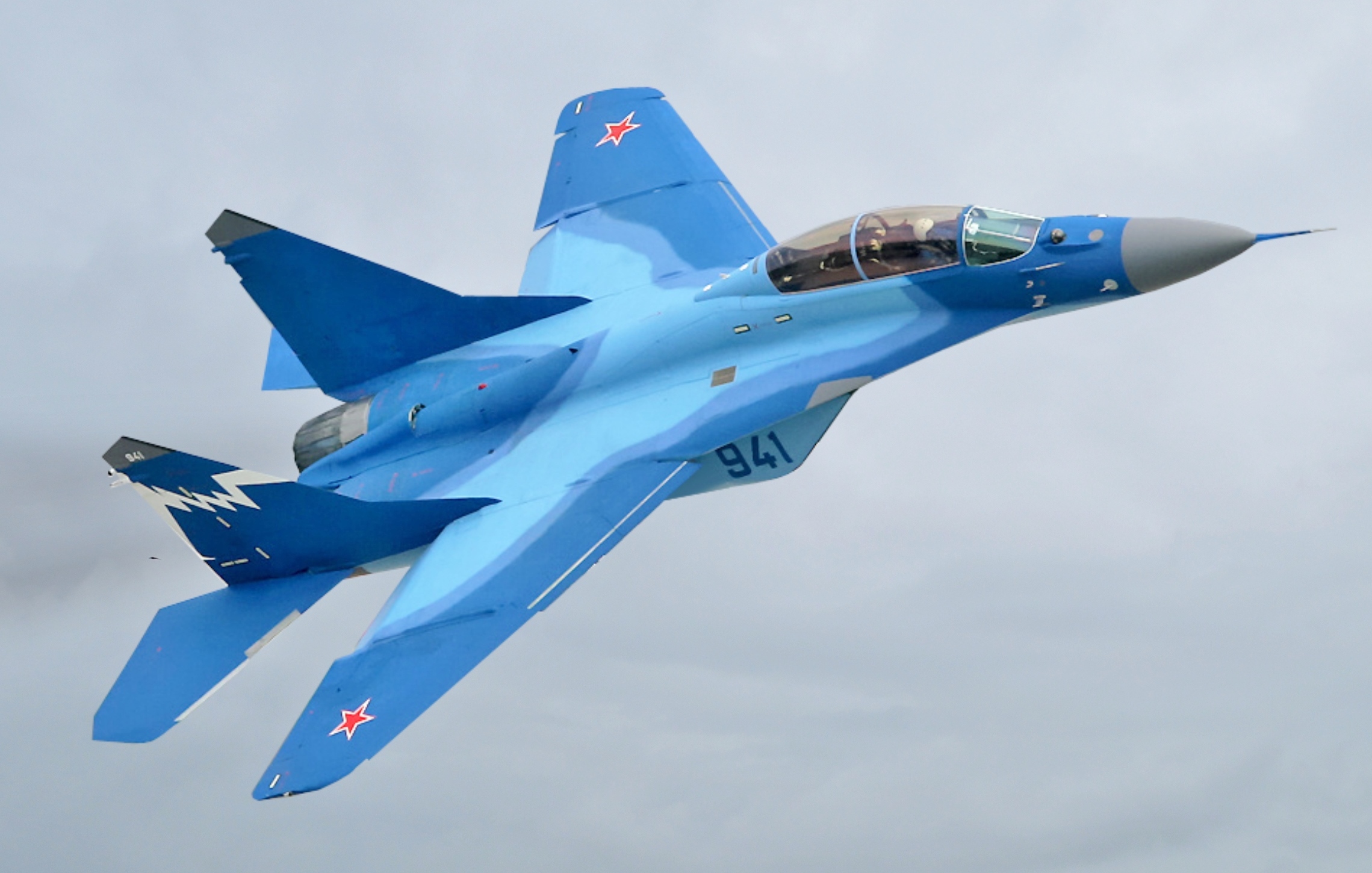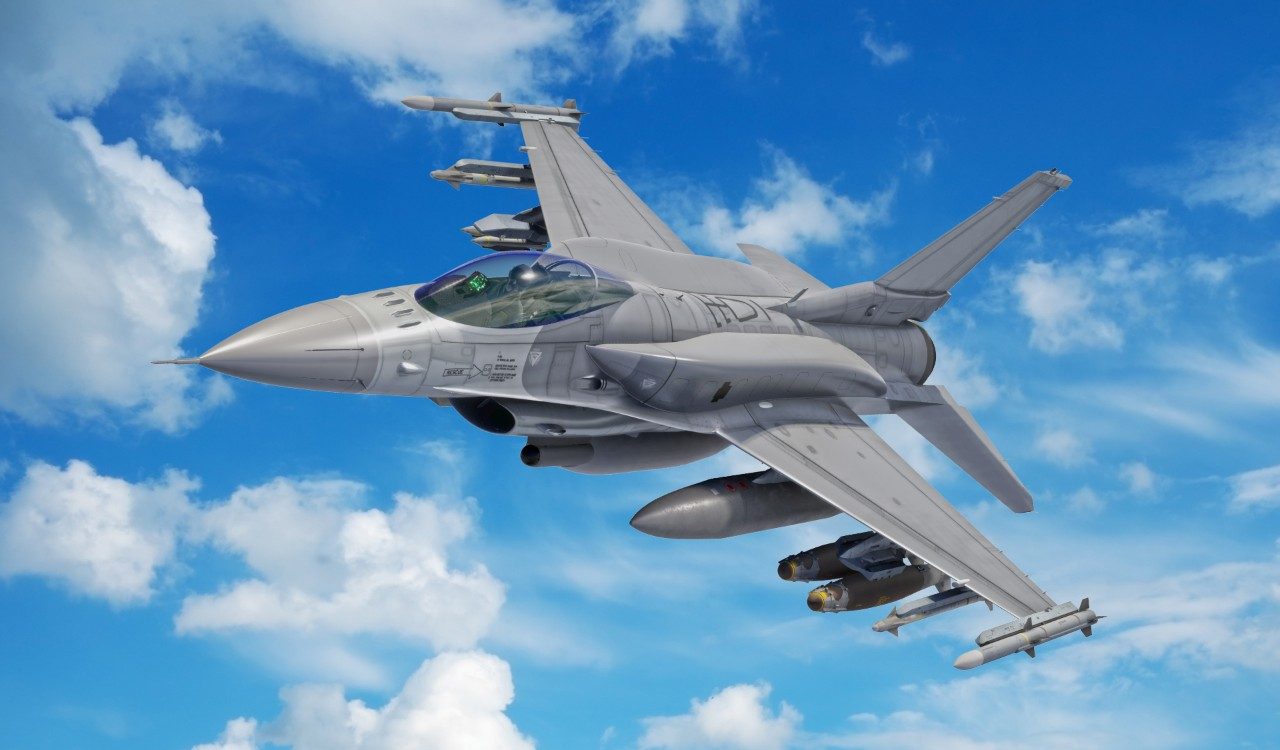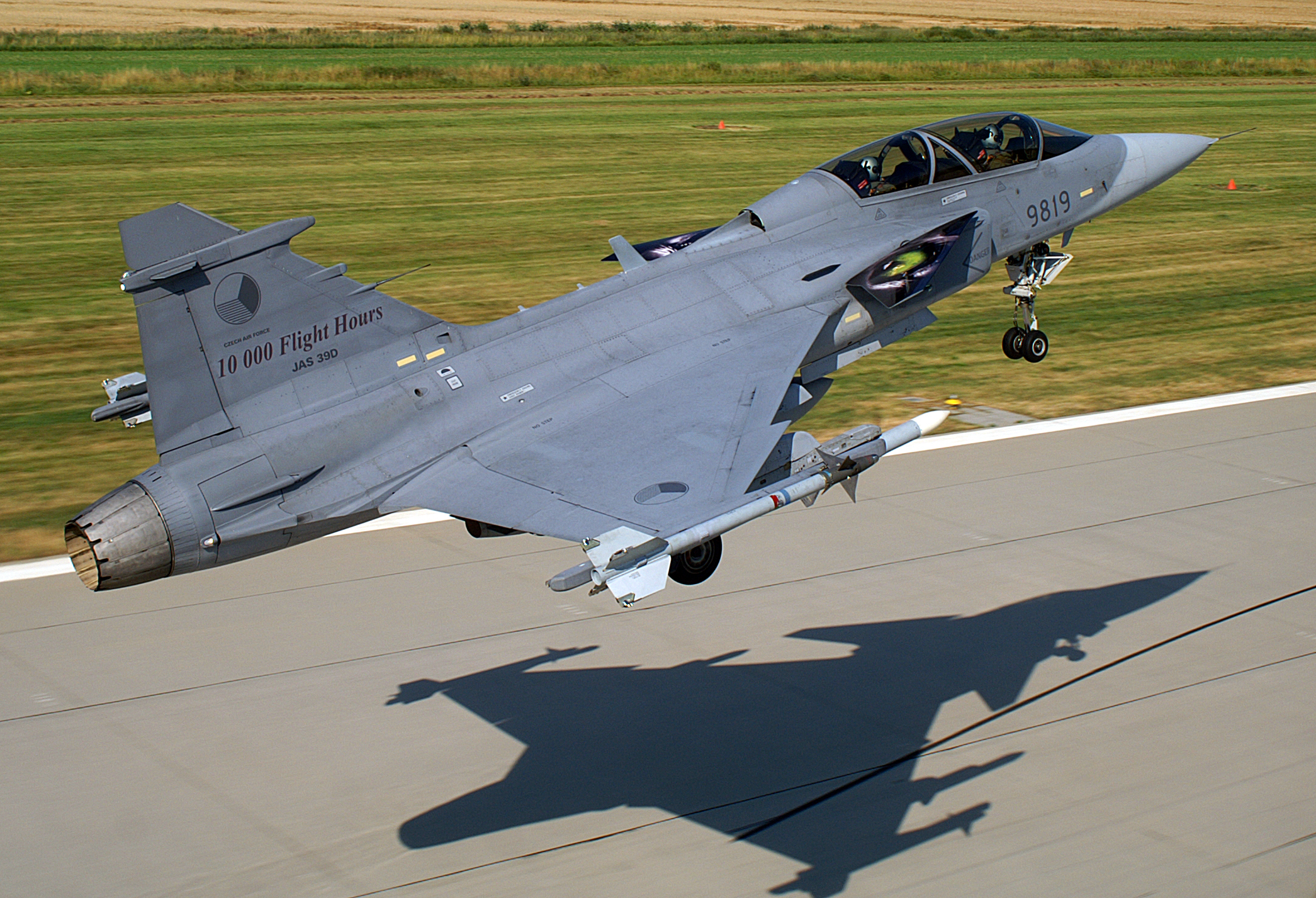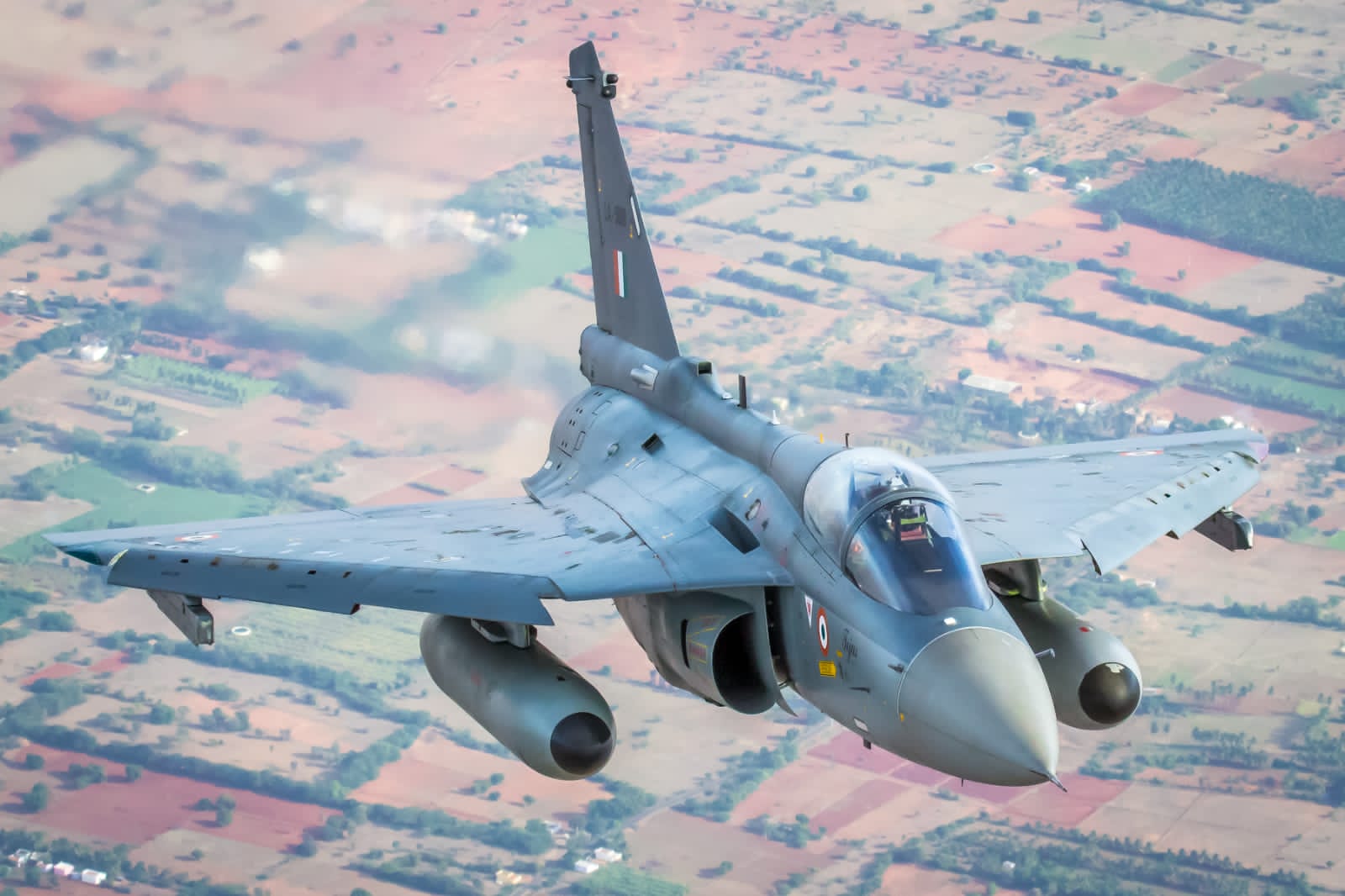Poland sprung a surprise in early March by announcing that it was ready to hand over all of its 28 MiG-29 fighter jets to a US Airbase in Germany, for them to be transferred to Ukraine.
The announcement came in response to a request from the Ukrainian President for the MiG-29 fighter jets, some of which are in service with the Air Force of the war-torn country.
As part of an elaborate drama that followed, the US contemplated transferring its F-16 fighter jets to Poland as backfill for MiG-29 aircraft.
However, following Pentagon’s assessments that any such transfer would be considered an escalatory move by Russia and potentially drag NATO into the war, the US refused to provide the aircraft to Ukraine. After a few days of diplomatic back and forth and stern warnings from Moscow, the plan was ultimately shelved.
Ukraine continues to sound alarm about the need for MiG-29 fighter jets to repair and maintain its overworked Soviet-era fighters after Russia destroyed a MiG-29 repair facility to cripple Ukraine’s air power. The Air Force could soon be nearing a catastrophic collapse if spare components are not available in time.

While there is no clarity whether NATO would agree to finally transfer the much-requested fighter jets to Ukraine, Poland has kept its options open in case a transfer was ultimately decided on. However, Polish officials have stated unequivocally that the MiGs would not be given away before a replacement is promised.
While the F-16 was initially the preferred aircraft, Poland is currently examining several other choices if the MiGs have to be shipped across the border, according to reports

The Polish Ministry of National Defense has been secretly receiving presentations from several combat aircraft vendors – without issuing a formal Request for Information. Aero firms looking to expand their market have entered the scene sensing a business opportunity. EurAsian Times could not independently verify these reports.
Amit Gupta, a defense and economic analyst based in the United States argued in an article for the EurAsian Times that “the only winner in the transfer of Polish fighters to Ukraine would have been Poland as it was to receive the US F-16s”.
Is Poland Exploring Other Fighters?
According to reports, Poland could be exploring the Italian variant of the Leonardo/Alenia Aermacchi M-346 Master that is well equipped and battle capable.
For quite some time, the Italians have been attempting to sell a combat-capable version of this trainer as an attack platform. The aircraft, according to Leonardo, will be a lower-cost, dual-role platform that will enhance the Poles’ existing trainer models.

The company’s pitch to Warsaw, according to a formal presentation viewed by Breaking Defense, is that “the use of an extended, combat version of this proven aircraft, the M-346FA, can also be beneficial. It is a lightweight multi-role aircraft equipped with a radar, which is a very profitable, tactical solution for the modern battlefield.
The second option before the Polish Air Force is the Korean Aerospace Industries (KAI) FA-50 light attack aircraft. The FA-50 is a modification of a training aircraft into a combat platform, similar to the armed M-346 option.
The FA-50’s supersonic performance and compatibility with existing F-16 versions in Polish service are also advantages. An active electronically-scanning array (AESA) radar system can be added to the FA-50.
Warsaw could propose to purchase 32 M-346FA or FA-50 fighter jets, but there is also a third proposal for Poland to receive 12-16 older, secondhand Tranche 1 Eurofighters from Italy. The cast-off Eurofighters have the benefit of being immediately available and able to be delivered sooner than any of the other options.
A lease for 32 Saab JAS-39C/D Gripen is another option being studied internally in Poland. The Gripen’s operational appeal stems from the fact that they are the only western aircraft capable of operating from dispersed bases in the same way that the MiG-29s they would be replacing can.

While these options remain under consideration in Poland’s National Defense Ministry, it could be worth examining the rationale behind Polish inclination toward Light combat jets as the pattern suggests instead of medium or heavy-duty fighters.
Poland’s ‘Need’ For Combat Aircraft
By transferring the archaic MiG-29s to Ukraine, Poland wanted to acquire American F-16 fighter jets that are more capable than the MiG-29 and less expensive to maintain. MiG-29 is a twin-engine fighter as compared to the F-16 which is a single-engine.
Any such transfer of F-16s would improve Poland’s capabilities, which now rely on the F-16 C/D. Despite Poland’s desire for the latest F16s, the F-16 C/D would be a significant upgrade over the Fulcrums that they operate.
As part of NATO commitments and for its own security needs, Poland has to maintain a fleet ready to take on missions, especially in the face of Russian hostilities in the region.
Poland’s interest in the Light Combat aircraft, however, does attract attention for the simple fact that the F-16s and the MiG-29s are comparable jets whereas the options that it is looking at are a different category altogether.
With the purchase of a Trainer turned LCA from Italy or South Korea, the Polish Air Force will enter the club of forces seeking jets on the Light Combat side.
“Poland already purchased F-35 fighter jets from the United States which will arrive by 2026 and they already operate their F-16s. Their interest in additional F-16s or Trainer turned Light attack aircraft could be based on the need for training their fighter pilots on these aircraft before they could fly the F-35s”, said Joseph P Chacko, Defense analyst, and military author.
The President of the Republic of Poland, Commander-in-Chief of the Armed Forces @AndrzejDuda participated in the contract signing ceremony for the purchase of 32 multi-role F-35 aircraft for the Polish Air Force.
???? pic.twitter.com/V48FbAnQtp— Marcin Czapliński (@czaplinskiii) January 31, 2020
Additionally, modern light fighters are built with powerful weapons that fit the primary criteria for air-to-air combat effectiveness while lowering maintenance and operational costs.
Owing to its compact size, a lightweight fighter has a low radar signature. These fighter jets are difficult to detect with radar, making target acquisition difficult.
Due to these features, the light fighter pilot has a much better chance of seeing the heavy aircraft first and firing the critical first shot, as previously noted by the EurAsian Times.
Despite the high popularity of top-of-the-line fighter jets like the F-35, F-15EX, Su-35, Su-57, Eurofighter Typhoons, Rafale, and Gripen jets, demand for small combat aircraft looks to be expanding.
For example, despite having a fleet of capable fighter planes such as Mirage 2000s, Jaguars, Sukhoi-30MKIs, and the French Rafale, a large country like India has developed a Light Combat Aircraft (LCA) – Tejas. The country is also working on its futuristic combat aircraft, known as the AMCA.

Similarly, despite campaigning hard for the American F-35, Turkey is developing its own LCA Hurjet, a deal it lost because it acquired the Russian S-400 air defense system. Ankara is also developing its fifth-generation fighter jet, the TF-X, in the same way as India is.
Another powerful country, China, has the L-15 jet, a training plane, and the JF-17 fighter jet, which it developed alongside Pakistan. China has some of the most powerful aircraft in its inventory, with the J-20 stealth fighter fully operating and the J-31 on the way, but it still bets big on light combat jets, which it is also aiming to export.
Poland’s decision depends on whether a transfer of its MiG-29s would take place in the future, which remains uncertain now. Even though western countries have increased their aid to Ukraine, the decision to send offensive arms remains a distant cry. Another impediment in securing a deal for any of these fighters depends on the costs entailed.
Having said that, Poland has dealt its cards and it is set to emerge as the bigger benefactor of MiG transfer than Ukraine.
- Contact the author at sakshi.tiwari9555@gmail.com
- Follow EurAsian Times on Google News




